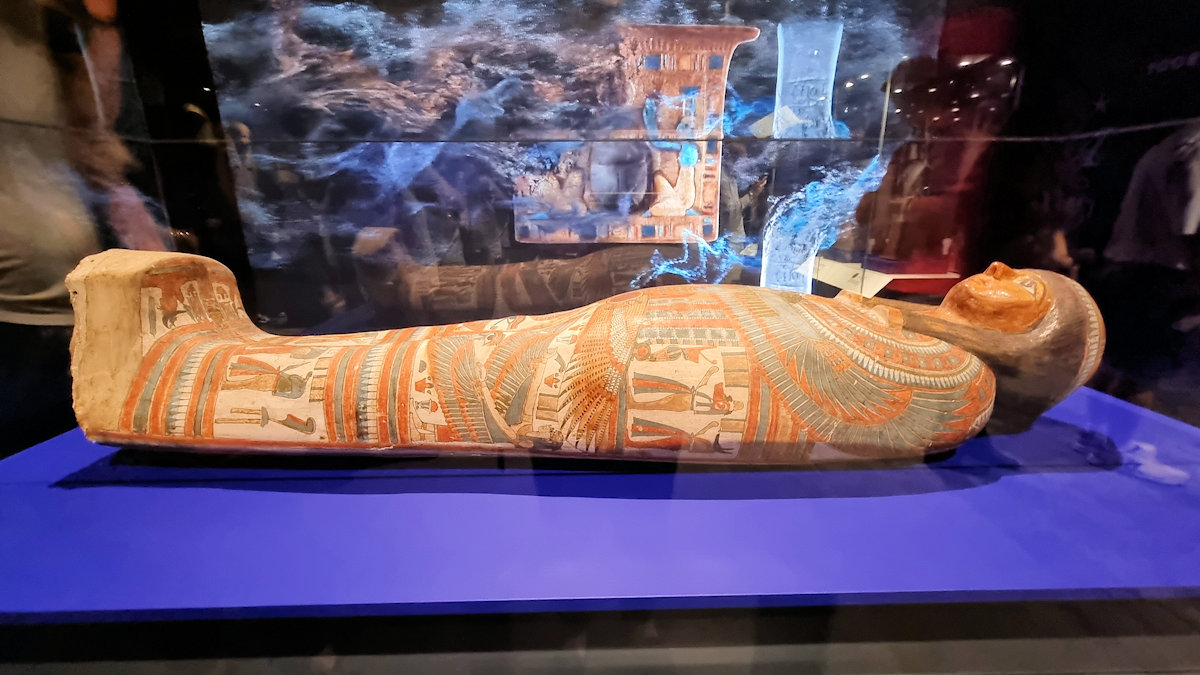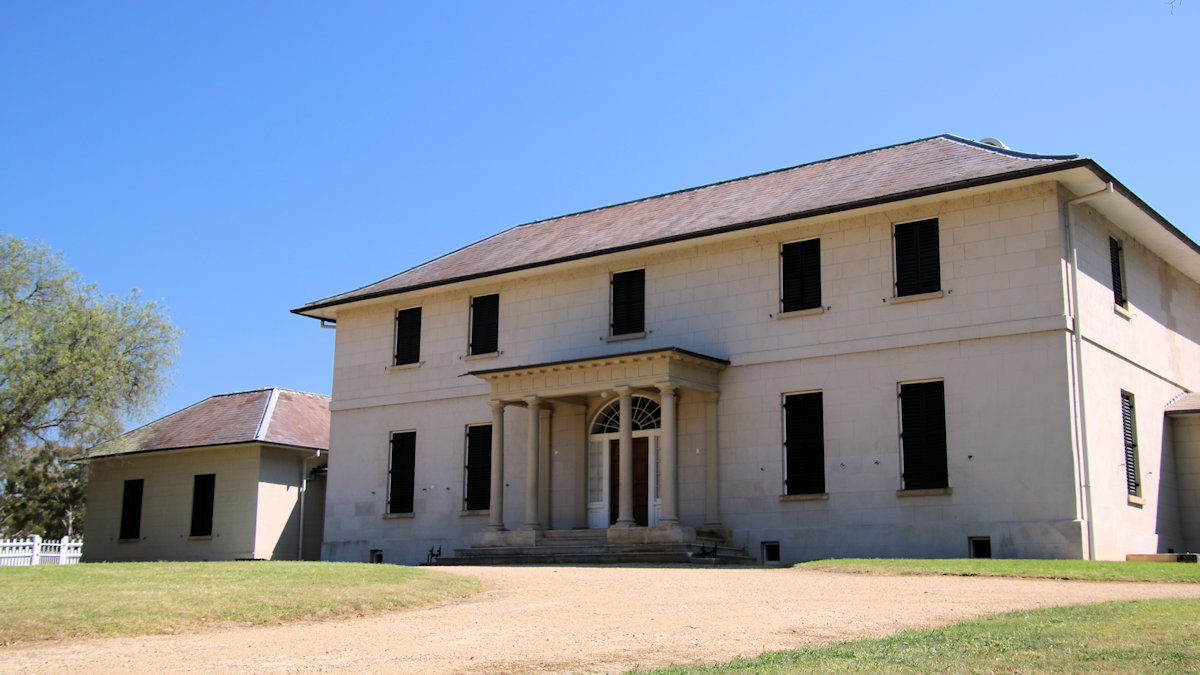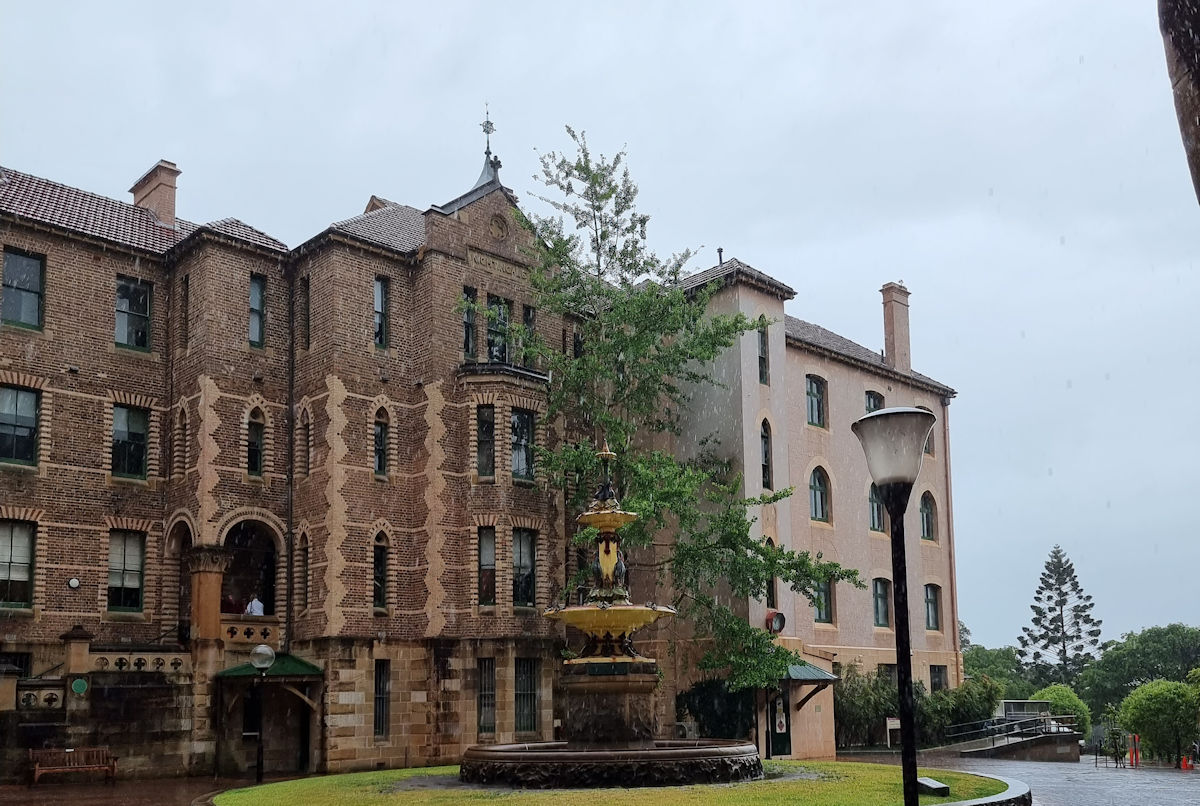Category: Museum
-
Discover Ancient Egypt in Canberra

Discover Ancient Egypt At The National Museum of Australia in Canberra On display until 8 September 2024 at the National Museum of Australia in Canberra, Discover Ancient Egypt displays fascinating artifacts from the Dutch National Museum of Antiquities (Rijksmuseum van Oudheden). What’s on Display Entering the museum, you are greeting by a statue of Anubis,… Read more
-
Old Government House and Parramatta Park Australia

Old Government House Parramatta Australia Located on the banks of the Parramatta River, Old Government House is the oldest surviving public building in Australia. Additionally it is an important UNESCO World Heritage listed site, and one of 11 recognised convict sites that tell the story of Australia’s forced convict migration. History of Old Government House… Read more
-
Nightingale Wing Sydney Hospital

Nightingale Wing Sydney Hospital Nightingale Wing Sydney Hospital Located in the Sydney CBD, the Nightingale Wing, Sydney Hospital, is a historical building of both medical and architectural significance. Completed in 1869, this sandstone and polychrome-brick Gothic Revival structure is the site of the first nursing school in Australia. History The Nightingale Wing owes its name… Read more